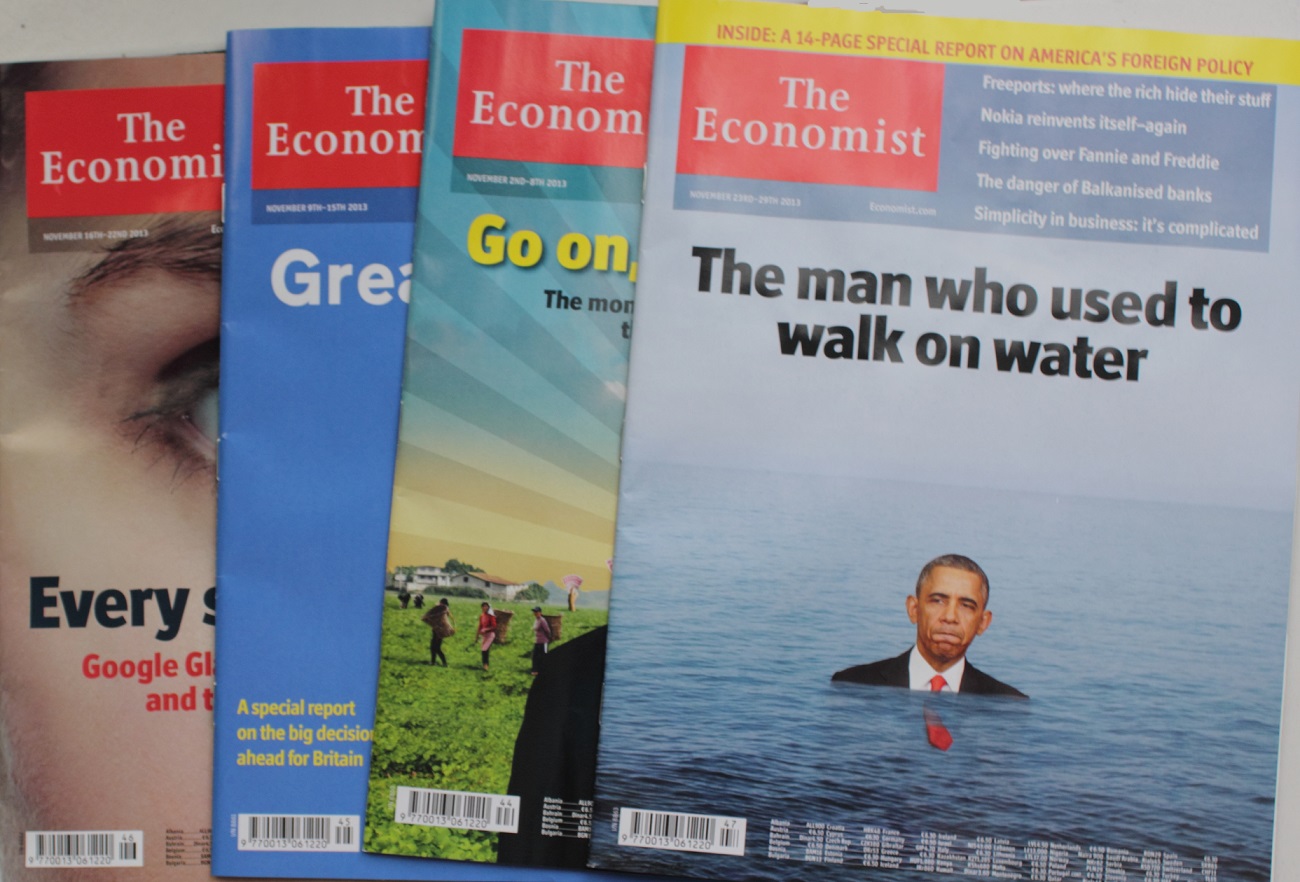In contrast to many European countries the United States imposes few public interest regulations on its media. In his new book, America’s Battle for Media Democracy: The Triumph of Corporate Libertarianism and the Future of Media Reform, Victor Pickard traces the emergence of this “corporate libertarian” system and its lack of regulatory control back to the 1940s.
He argues this ideological framework “attaches individual freedoms to corporate entities and assumes that an unregulated market is the most efficient and therefore the most socially desirable means for allocating important resources.”
Pickard outlines media reform efforts in radio, newspaper and television regulation, and shows how they grew out of audience discontent and public media criticism. The ensuing policy debates pitted liberal New Deal reformers against a growing business lobby. The latter succeeded in shaping policy, Pickard argues, because they successfully interpreted “freedom of the press” as freedom from government intervention. What was lost, however, was the public’s “right to read, see, and hear.”
The book provides a historical context for today’s media landscape in the United States. For example, the heated debate surrounding “net neutrality”—the question whether cable providers may offer higher Internet speeds to corporate customers—plays out along lines that were established decades ago.
The public’s demand for equal access is challenged by cable providers eager to monetize their infrastructure monopoly. As a result, Pickard calls for a more “social-democratic” approach to regulating the media. In an interview with EJO, he talks about lessons from the past, perspectives on the present state of “public service” journalism and the danger of underestimating the impact of media policy. Pickard is an Assistant Professor of Communication at the Annenberg School for Communication at the University of Pennsylvania.
In your book you describe how many radio listeners in the 1930s and
1940s were discontent, sometimes even annoyed, with the
commercial nature of the medium. Do you detect any similar sentiments
among users in today’s multimedia world?
In the 1940s there was a public backlash against the over-commercialization of radio, especially toward excessive and invasive advertisements and an abundance of insipid programming like daytime dramas that were sponsored by corporate entities like soap companies (hence the term “soap operas”).
Today we observe a similar growing reaction against the over-commercialization of the Internet. In the United States this commercial capture ranges from pervasive advertising and corporate surveillance to sub-par Internet services in the form of low speeds and high prices. There is also an ongoing digital divide that stems at least in part from the effects of these commercial imperatives.
What are the implications for today’s journalism?
The corporate libertarian paradigm that crystallized in the 1940s and remains predominant in the US today renders proactive and progressive government regulatory intervention exceedingly difficult. Because such action rests on an affirmative role for government, and because the corporate libertarian paradigm assumes a laissez-faire relationship founded on negative liberties, it is very difficult to make the political case that government intervention is necessary.
Using the First Amendment as a shield against regulation, corporate libertarianism tends to dismiss normative concerns beyond individual freedoms, tends to disregard the negative consequences of systemic market failure, and tends to de-legitimate any government intervention not in service to profit accumulation. Furthermore, this “market ontology” straitjackets the way we talk about journalism, and thus it’s difficult for the vast majority of the public to imagine what happens or what should be done when journalism is no longer profitable but democratic society still requires it.
You are critical of the “postwar settlement” promoting social
responsibility and self-regulation by the media in the US. What’s the
problem with that?
Social responsibility sounds great and self-regulation would not necessarily be problematic, except history suggests it’s very difficult to simply shame media corporations into being good. Self-regulation has proven again and again to be an ineffective means toward achieving democratic benchmarks. There needs to be strong regulatory guidelines that mandate democratic obligations.
In most cases it is not rational for media institutions, especially in the non-competitive markets within which they typically operate today, to curtail profits in order to be more socially responsible. Public goods and vital infrastructures like the Internet and public service journalism are too precious to leave entirely to the mercies of the market or to the profit motives of monopolies.
You’re talking about net neutrality. Which lessons does your historical
analysis hold for this contemporary issue?
I believe the 1940s hold many parallels and potential lessons for today’s net neutrality debate. Like policy battles in the ’40s, today’s debate is essentially over a social contract that governs a key media infrastructure. Again we are dealing with information monopolies, and again the Federal Communications Commission is (only after being pushed from above and below) trying to rein in these powerful entities by setting up some restrictions over what they can do to the content that flows through their conduits.
Earlier battles for media reform show us that democratization can occur when government, driven by grassroots social movements, intervenes against corporate power on the public’s behalf. But this requires a commitment to structural reform, and it requires ongoing engagement from the public; we ignore media policy at our peril. Thus the current groundswell over Internet policy debates is a good sign, but we also shouldn’t assume that protecting net neutrality will solve all of our problems; my case studies from the 40s suggest that more structural alternatives like publicly-owned and operated media networks (for example, municipal broadband) are required.
You make three suggestions for bolstering public service journalism
in the United States: new tax laws, subsidies for a new public media
system and research and development efforts for new digital models.
Which of the three is most likely to be taken up in the current
environment? Or in other words, what does media democracy look like?
Unfortunately very few of these initiatives will likely be taken up wholeheartedly anytime soon. There has been some movement toward reforming tax laws—or at least clarifying how news organizations can qualify as nonprofits—but there’s been a lot of bureaucratic stalling in this area. And there is some research and development happening, but this is mostly coming from the private sector along with some philanthropic contributions.
A brief window of opportunity opened in 2008-2009 at the height of the journalism crisis when more structural measures were seriously considered, but that window quickly shut. Nonetheless, I do believe that the verities of market fundamentalism that foreclose on many potential policy interventions (like media subsidies) are being increasingly challenged, and I anticipate discursive and political opportunities for meaningful reform in the not-too-distant future—but this will require constructing counter-narratives to corporate libertarianism, a project to which academics can and should contribute.
Pic credit: Flickr Creative Commons: Joseph Gruber
Tags: FCC, Journalism, Media Accountability, Media economics, Media Policy, Research













































